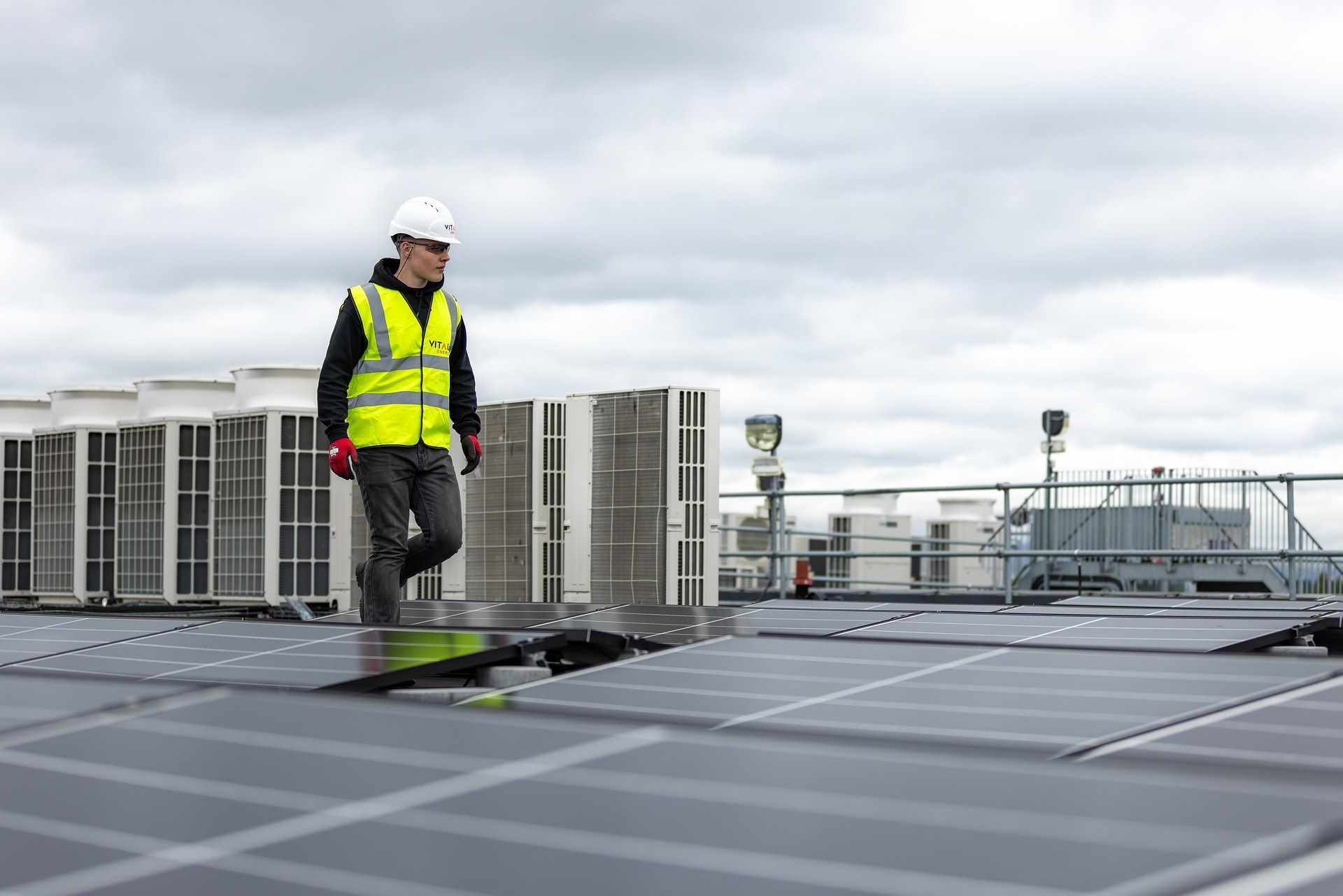Generator Installation: Practical Guide to Power, Safety, and Solar Integration
A professionally installed generator can protect your home or business from unexpected power loss, keep essential systems running, and provide peace of mind during storms or grid outages. Proper generator installation involves sizing the unit to your electrical needs, selecting a location that meets code and safety requirements, and integrating the system with your existing electricity infrastructure. This article explains how a generator delivers power, what installation typically entails, how solar panels can work alongside a generator, and how to find reliable local services for installation.

How does a generator supply power?
A generator converts mechanical energy into electrical power, typically using an internal combustion engine or, in some cases, fuel cells. For residential standby systems, natural gas, propane, or diesel fuel commonly powers the engine. When the utility grid fails, an automatic transfer switch senses the outage and starts the generator, routing electricity to preselected circuits. Understanding load requirements—what appliances and systems you want powered—is essential for correct sizing. Undersized generators will overload and shut down; oversized systems cost more upfront and may be inefficient for daily use.
What does generator installation involve?
Installation goes beyond placing a unit in the yard. It includes site preparation (stable pad or concrete slab), proper clearances from structures and windows, fuel line or gas hookup, wiring to a transfer switch, grounding, and often, permits and inspections. Licensed electricians and certified installers handle transfer switch wiring to keep generator circuits separate and safe. Local building codes typically require permits, and many jurisdictions enforce noise and emissions rules. Professional installation ensures the generator is compliant, safe, and reliable while reducing the risk of backfeeding the grid, which can endanger utility workers.
Can a solar panel system work with a generator?
Yes—solar panels and generators can complement each other. During extended outages or when solar production is low (night or cloudy days), a generator provides dependable backup power. Hybrid setups often rely on inverters and automatic controllers to prioritize solar and battery use first, then start the generator when batteries deplete or demand exceeds solar output. If you have an off-grid or grid-tied solar panel system with battery storage, integrating a correctly sized generator as a backup increases resiliency. Coordination between your solar inverter manufacturer, battery vendor, and generator installer is important to ensure compatibility and safe transfer of power sources.
How to connect a generator to home electricity safely?
Safety starts with the automatic transfer switch (ATS) or a manual transfer switch installed between the meter and your main panel. The ATS isolates generator power from utility lines to prevent backfeeding. All wiring must comply with electrical code and be performed by a licensed electrician; improper connections risk fire, electrocution, and damage to appliances. Grounding the generator and following manufacturer clearance guidelines reduce carbon monoxide and fire hazards. Install carbon monoxide detectors in living spaces and ensure exhaust is directed away from windows and vents. Regular maintenance—oil changes, filter replacements, and exercise runs—keeps the system operational.
Choosing local services for generator installation
Selecting the right local services means verifying licenses, insurance, and experience with the specific generator brand and model you choose. Ask for references, proof of local permit experience, and written warranties on workmanship. A reputable installer will perform a site visit, provide a detailed proposal, and coordinate necessary permits and inspections. Maintenance plans can extend the life of the system and often include seasonal checks, battery tests, and part replacements. For complex integrations with solar panels or whole-house automation, look for installers familiar with both electrical and renewable systems to ensure seamless operation.
| Provider Name | Services Offered | Key Features/Benefits |
|---|---|---|
| Generac (dealer network) | Sales, installation, maintenance | Wide range of home standby systems, certified installers, extended warranties |
| Kohler | Sales, installation, service | Durable residential and commercial units, factory-trained technicians, strong support |
| Cummins | Sales, installation, service | Commercial-grade solutions, dealer network, comprehensive maintenance plans |
| Home Depot | Purchase and contractor-arranged installation | Nationwide availability, bundled purchase-install options, vetted contractors |
| Local licensed electrician | Installation, transfer switch wiring, permits | Personalized on-site assessment, local code knowledge, direct permit handling |
Conclusion
A well-chosen and professionally installed generator provides reliable backup power, integrates effectively with existing electricity systems, and can complement solar panel installations for greater resilience. Prioritize correct sizing, code-compliant installation, safety measures like transfer switches and CO detection, and ongoing maintenance. When evaluating providers, seek licensed professionals with relevant experience and clear proposals to ensure a dependable installation tailored to your needs.






